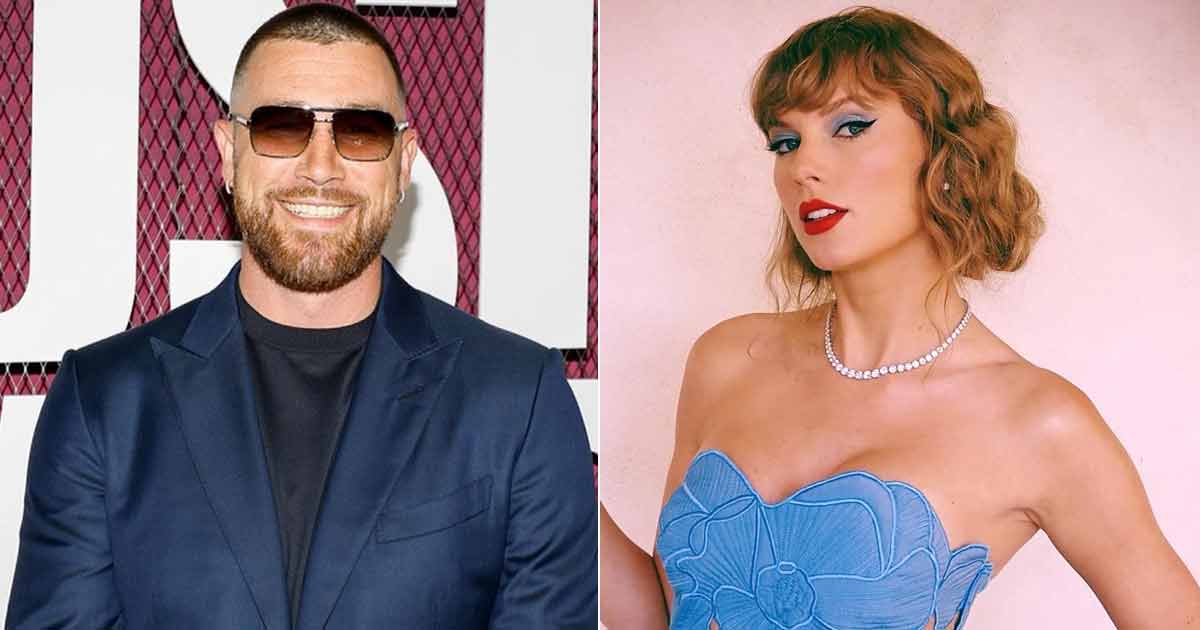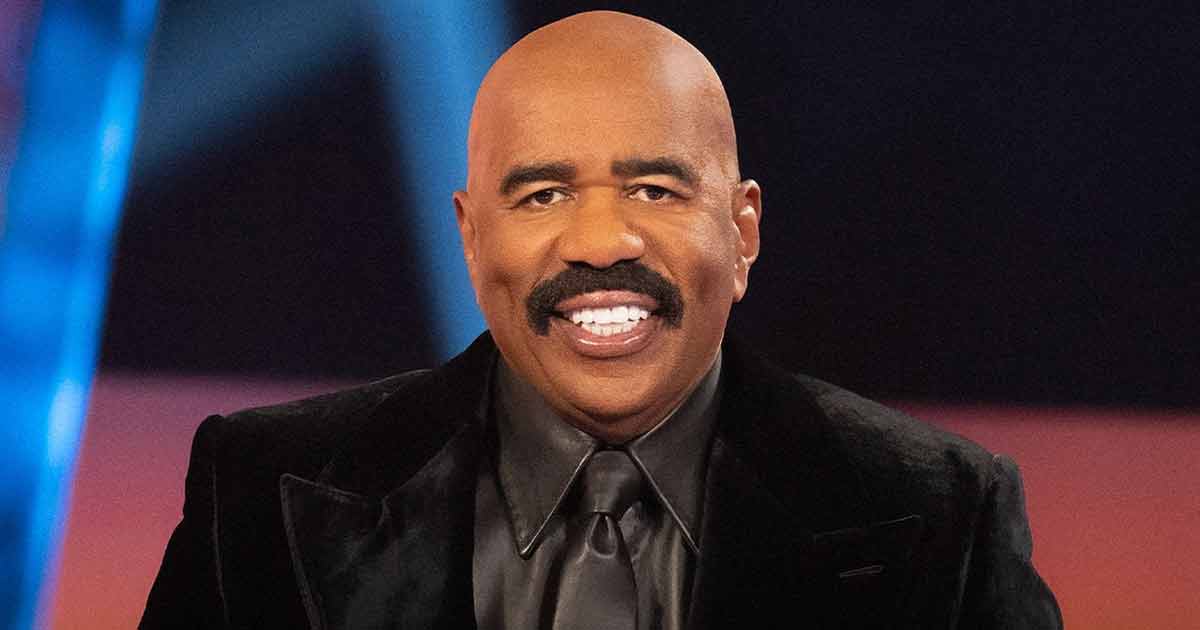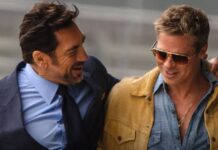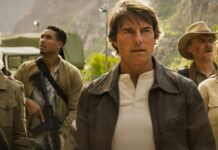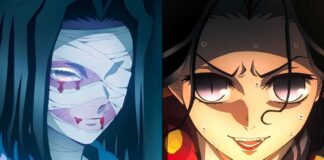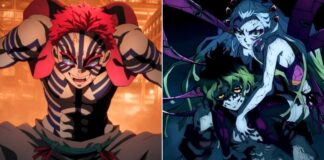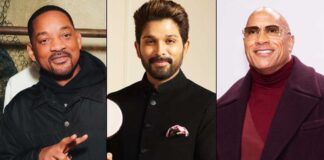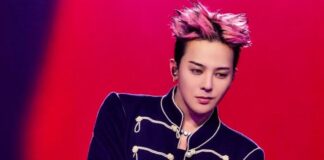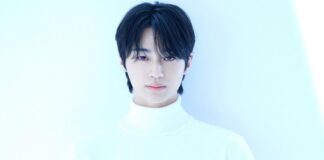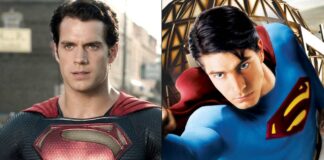
Yes, the iconic character could’ve had a quirky, vegetable-inspired name, which tossed around—including Mr. White and Mr. Cauliflower. But thankfully, Mr. Bean stuck. The change came down to the need for something short, sharp, and memorable, a name that would stick in people’s minds—and the rest, as they say, is comedy history.
Back in the early days, Atkinson first tested out the character in Canned Laughter, a comedy sketch collection. Here, he played Robert Box, a socially awkward proto-version of Mr. Bean. Box was a bit less peculiar but still showed flashes of the Bean-like awkwardness that would later become world-famous. The standout moment? Robert making coffee—not in a cup, but directly in his mouth. Sounds messy, right? This bizarre gag even made a cameo in Bean, Rowan Atkinson’s big-screen debut, cementing that quirky humor as part of Bean’s legacy.
Throughout the ’80s, Atkinson honed the character further. One notable moment came during the Just For Laughs festival in Montreal. He experimented with a scene miming along to dating advice from a narrator, but with a twist: he performed it on a French-speaking bill. Why? To see how non-English audiences would react to Bean’s slapstick antics. The idea was simple—comedy, after all, transcends language barriers if it’s visual enough. And Atkinson wanted to test how far his physical humor could travel around the globe.
Trending
But here’s the real kicker: when the first Mr. Bean episode finally aired, Atkinson still didn’t have a name for the character. After tossing around names like Mr. Cauliflower and Mr. White, they landed on Mr. Bean. Why? Because it was snappy. Short. Catchy. And as Atkinson put it in a recent British GQ interview, it was a name that felt “short, sharp, and to the point.” That simplicity turned out to be genius.
The choice of Mr. Bean didn’t just work— it propelled Rowan Atkinson into a global comedy icon. The show aired in 190 countries, became a box-office sensation with movies like Bean, and even had moments at global events—like the 2012 Olympics. Remember that? Bean famously daydreamed to the Chariots of Fire theme—representing Britain alongside James Bond, a mix of fumbling comedy and cool elegance. The moment felt fitting: while Brits may fantasize about James Bond-level suave sophistication, most of us find ourselves more on the Bean end of the spectrum—awkward but loveable.
The quirky genius behind Mr. Bean owes much to Rowan Atkinson’s comedic influences. Atkinson cited Monsieur Hulot, Jacques Tati’s iconic character, as a major inspiration, along with Peter Sellers’ roles as Inspector Clouseau in The Pink Panther films. The style? Think old-school physical comedy, reminiscent of silent films. Bean speaks very little but says everything with exaggerated gestures and facial expressions. That universal humor helped make Mr. Bean a global sensation, selling worldwide without the need for much dialogue tweaking.
Atkinson even once said in 2012, in an interview with The Daily Telegraph, that playing Mr. Bean should eventually stop. A man in his fifties acting childishly could turn “a little sad.” But, plot twist—he later changed his mind. By 2016, Atkinson said he would never retire the character. Because, let’s face it, Mr. Bean isn’t just a character. He’s a cultural icon. A lovable fool. And a symbol of awkward charm.
For more such stories, check out Hollywood News.
Must Read: Does Travis Scott Regret The Way He Treated Kylie Jenner & Want Her Back? Here’s What We Know
Follow Us: Facebook | Instagram | Twitter | Youtube | Google News



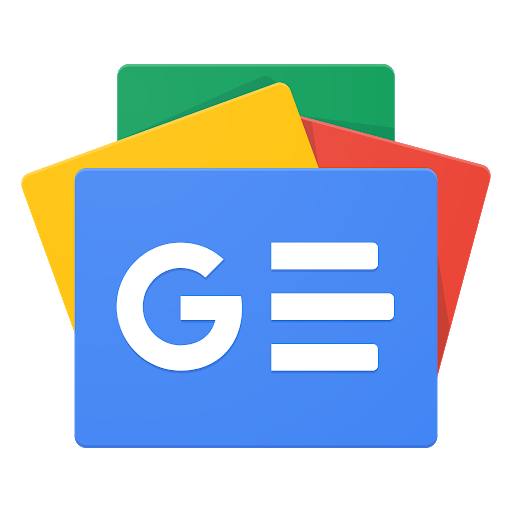 Follow Us
Follow Us